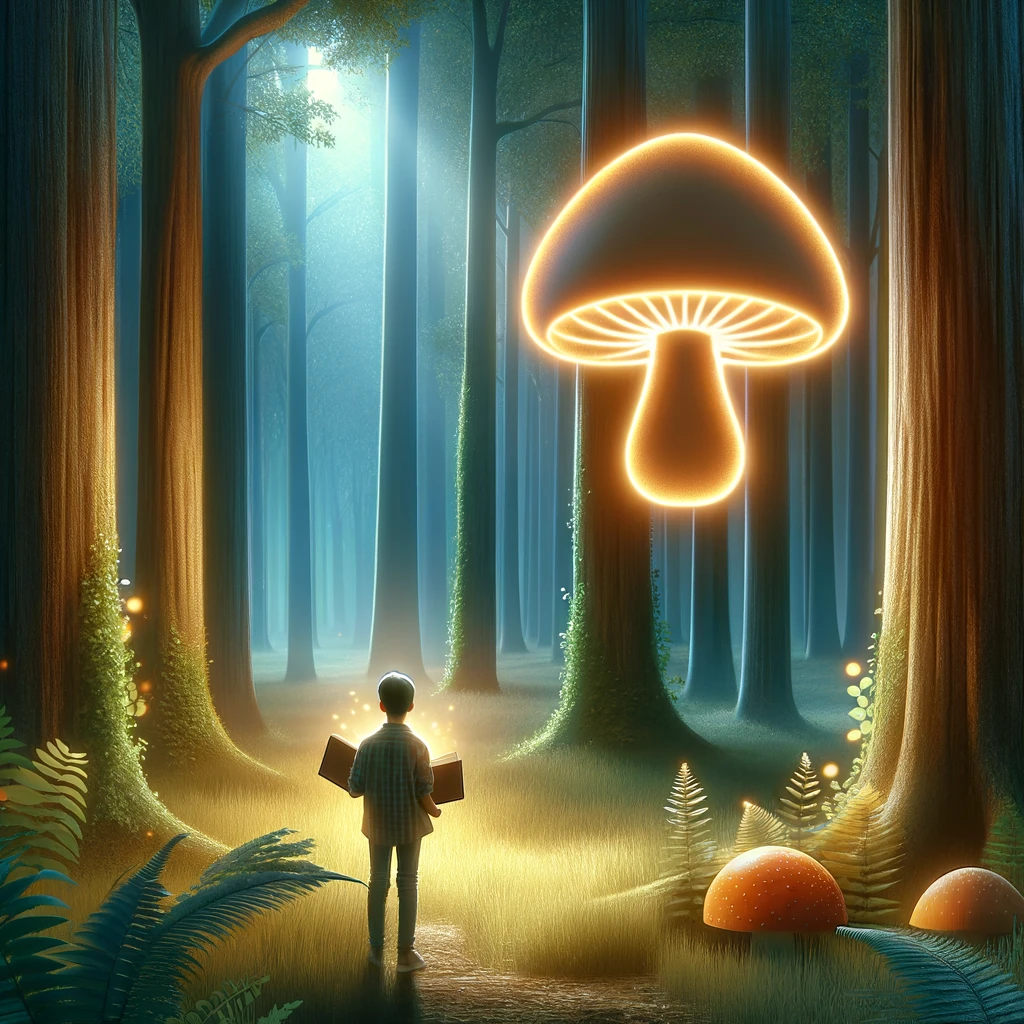Embracing the Power of Uncertainty in Conversations with ChatGPT
In the world of artificial intelligence and machine learning, there’s a unique strategy that can significantly enhance our interactions with Large Language Models (LLMs) like ChatGPT. I like to call this the “Mushroom Approach.” This approach is rooted in the philosophy of embracing our own knowledge gaps and allowing the LLM to illuminate the path forward.
Understanding the Mushroom Approach
The Mushroom Approach, named for its resemblance to how mushrooms flourish in darkness and their vast, unseen mycelium network, starts by embracing our uncertainties in knowledge. It involves initiating discussions with ChatGPT by candidly expressing what we’re unclear about, fostering a deeper exploration of the subject. For instance, admitting, “I have some idea about aluminum can production, but the details escape me,” sets the stage for a more comprehensive understanding.
Why It Works
-
Casting a Wider Net: By starting with what we don’t know, we enable ChatGPT to provide a broader context. This approach prevents the conversation from being too narrowly focused and allows the LLM to explore related areas we might not have considered.
-
Tailored Responses: Acknowledging our knowledge gaps helps ChatGPT tailor its responses more effectively. The LLM can gauge the level of detail and the type of information that would be most beneficial to us.
-
Encouraging Comprehensive Exploration: This approach motivates a more thorough exploration of the topic. It’s not just about getting direct answers but about understanding the broader context and interconnected aspects of the subject.
How to Use the Mushroom Approach
-
Start with Uncertainty: Begin your interaction with ChatGPT by stating what you’re unsure about. It’s okay to be vague or admit that you’ve forgotten some details.
-
Embrace the Journey: Be open to the path the conversation takes. The responses might touch upon areas you hadn’t considered but are crucial for a comprehensive understanding.
-
Ask Follow-Up Questions: Use the initial responses as a springboard for deeper exploration. Follow-up questions can lead to more nuanced and detailed insights.
-
Reflect and Learn: As the conversation unfolds, take time to reflect on the new information. This is not just about finding answers but also about learning and expanding your knowledge base.
Real-World Example of Too Specific Questions
Imagine you’re curious about the role of caffeine in coffee. If you ask a very specific question like, “What is the chemical formula of caffeine in coffee?”, you’re likely to receive a straightforward answer: C8H10N4O2. This response, while accurate, is narrowly focused and skips over the broader context of caffeine’s impact and presence in coffee.
By contrast, employing the Mushroom Approach and asking, “I’m not sure how caffeine works in coffee, can you explain its effects and significance?” opens the door to a comprehensive exploration. ChatGPT might then explain the chemical structure of caffeine, its physiological effects, how it’s extracted in the coffee-making process, its history, and even how different brewing methods affect caffeine content.
This example illustrates how overly specific questions can lead us to miss out on broader learning opportunities. The Mushroom Approach, with its emphasis on open-ended inquiries and admitting uncertainties, encourages a fuller, more holistic understanding of the subject matter.
Real-World Example
Let’s say you want to understand how aluminum cans are made. A straightforward approach might yield a basic explanation. But by using the Mushroom Approach, stating something like, “I vaguely remember a TV show explaining it, but I’ve forgotten the details,” you open the door to a more detailed discussion. ChatGPT might delve into the history of aluminum cans, the manufacturing process, environmental impacts, and recycling methods – offering a richer, more rounded understanding.
Conclusion
The Mushroom Approach is about stepping into the vast world of knowledge with an open mind and a willingness to learn. It transforms our interactions with ChatGPT from mere question-and-answer sessions into journeys of discovery. As we navigate this AI-assisted landscape, let’s embrace our uncertainties as gateways to deeper understanding and richer learning experiences.
